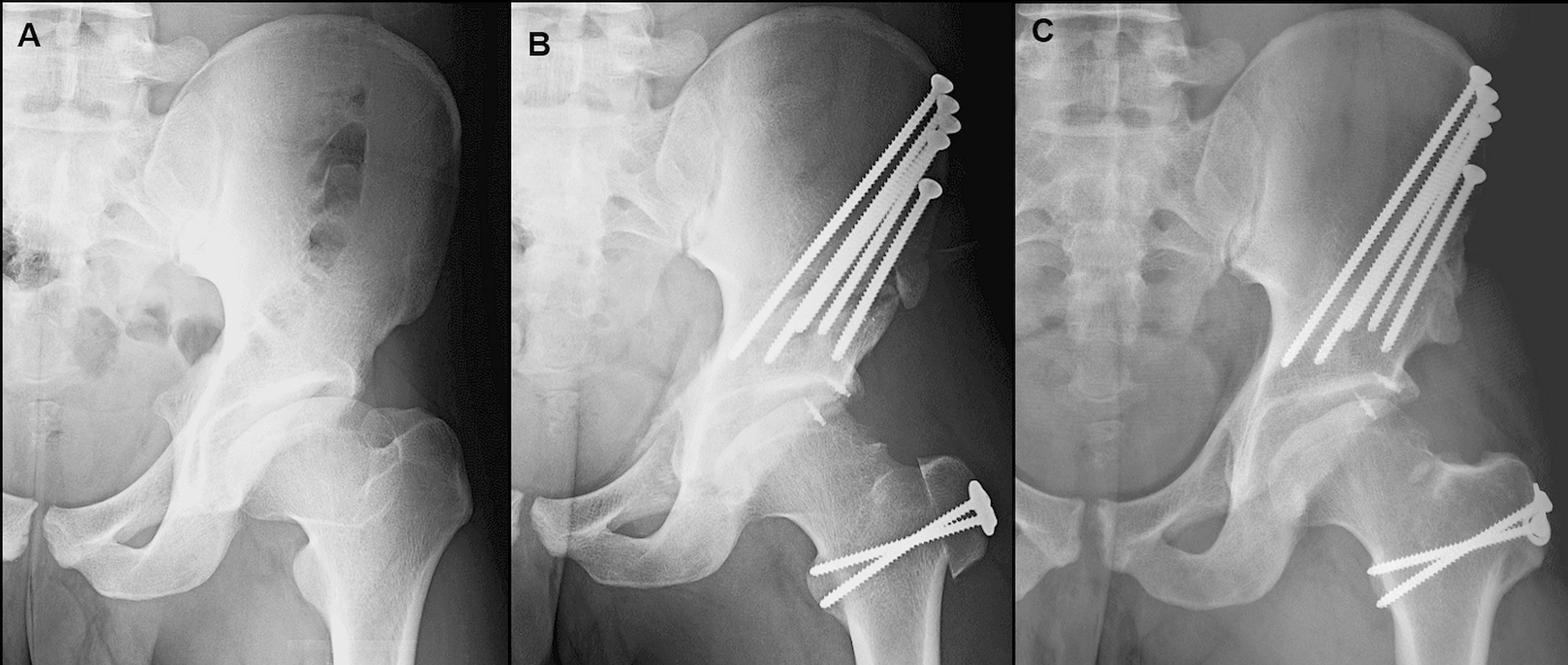Hip preservation continues to be a “hot topic.” Many deformities can be addressed surgically by normalizing hip biomechanics and preventing further degeneration. Legg-Calvé-Perthes (LCP) disease
Category: Hip

Co-author Rachel M. Frank, MD summarizes the 5 most compelling findings from among the studies highlighted in the new “What’s New in Sports Medicine” in JBJS.
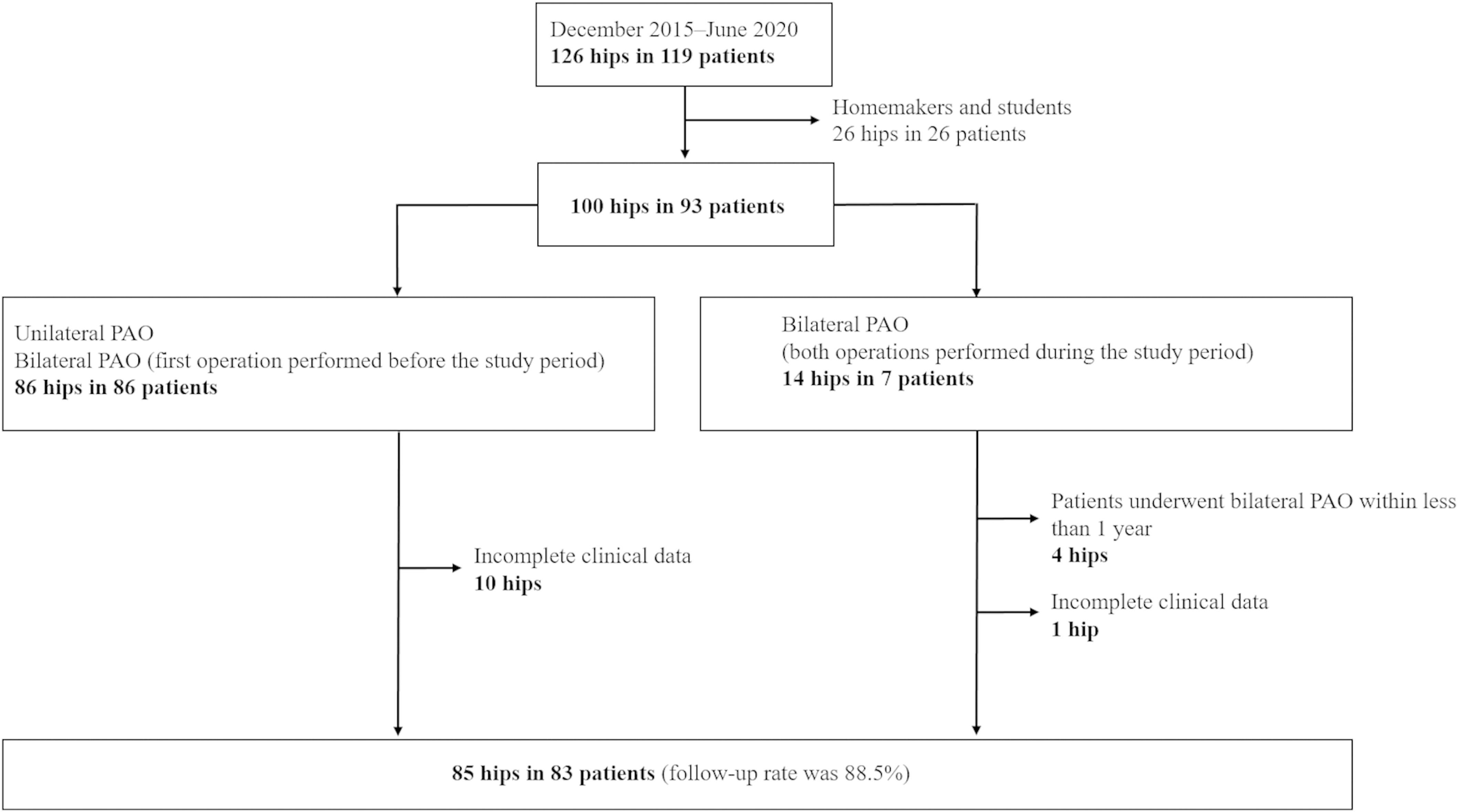
A periacetabular osteotomy (PAO) is a surgical treatment for hip dysplasia that has been shown in adult patients to delay the onset of hip arthritis
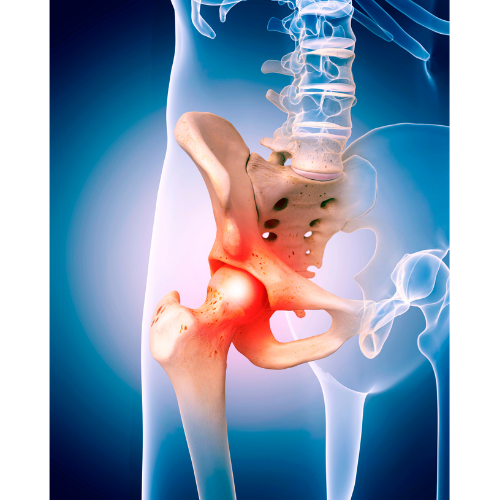
This commentary comes from guest contributor Matthew Deren, MD, in response to a recent study in The New England Journal of Medicine. To cement or
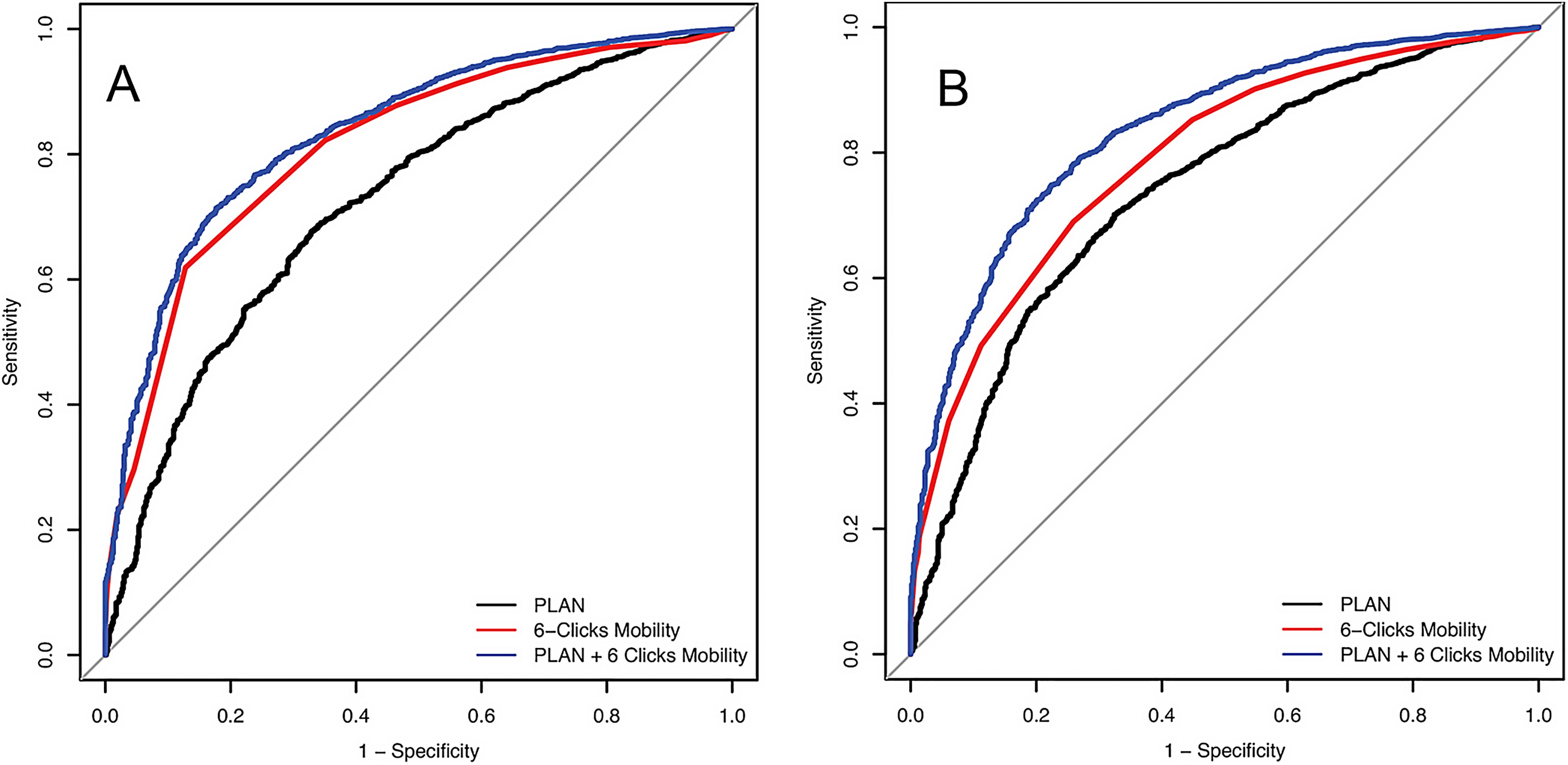
Improving Our Ability to Predict Discharge Disposition After Primary Total Hip and Knee Arthroplasty
The majority of patients who undergo primary total hip arthroplasty (THA) and total knee arthroplasty (TKA) are discharged to home postoperatively, but for some patients,

This OrthoBuzz guest post comes from Paul E. Matuszewski, MD, in response to a recent article in the New York Times. The ever-increasing importance of
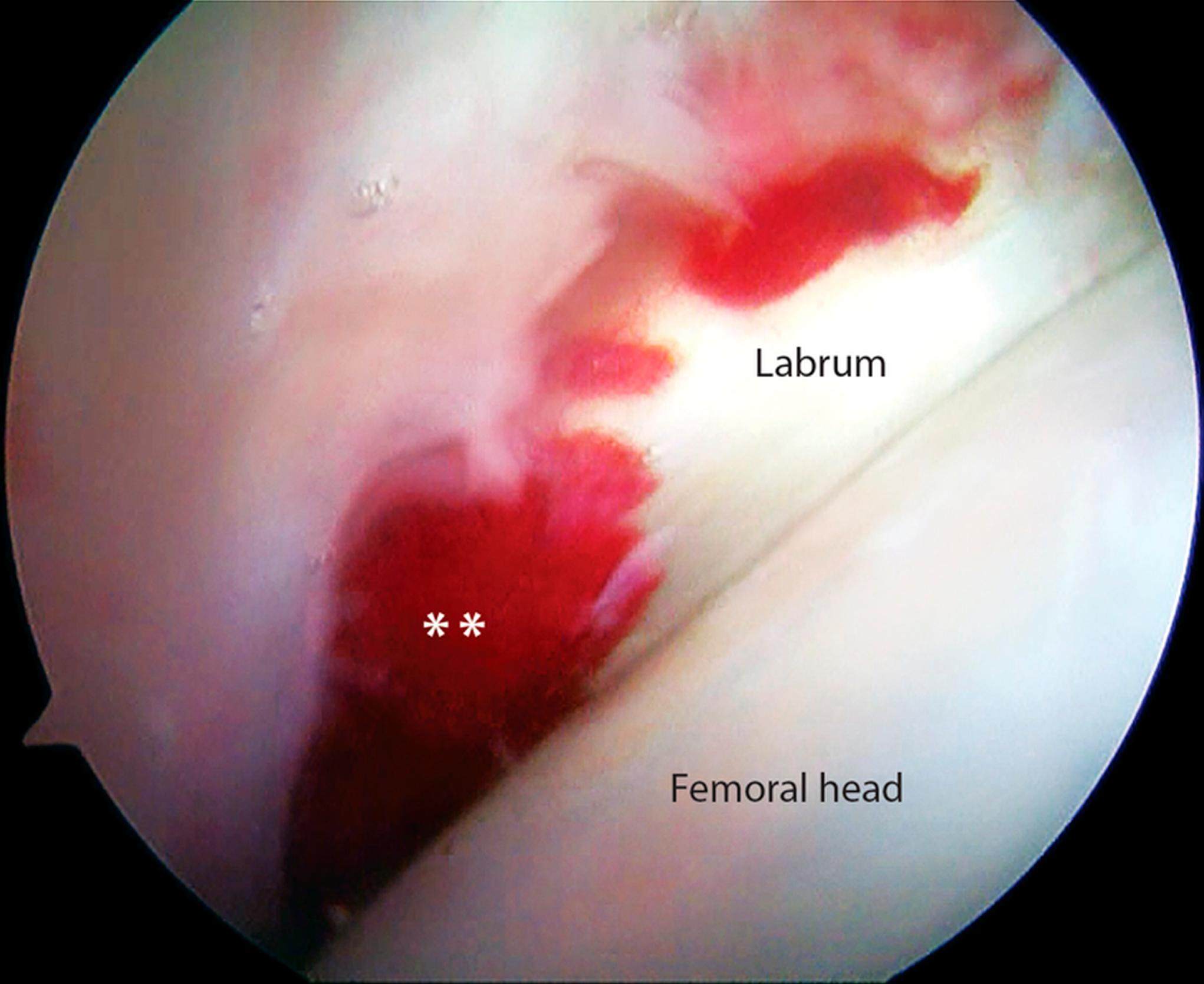
Orthobiologics have garnered a substantial amount of buzz over the past few years, showing both their effectiveness and lack thereof. Hip preservation is one area
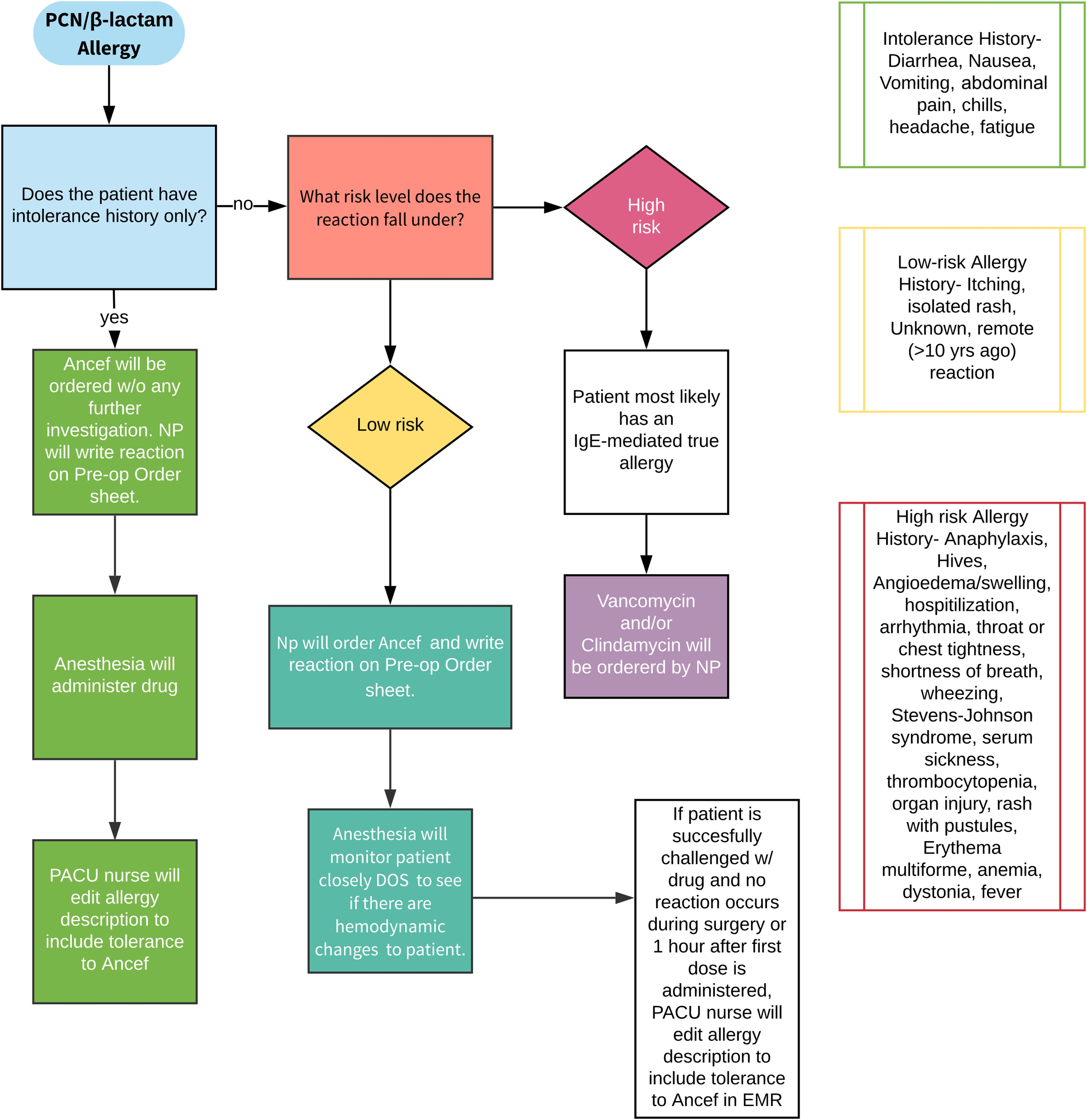
All orthopaedic surgeons must carefully decide on which prophylactic antibiotic to prescribe when a patient or a young patient’s parent reports an allergy to penicillin.
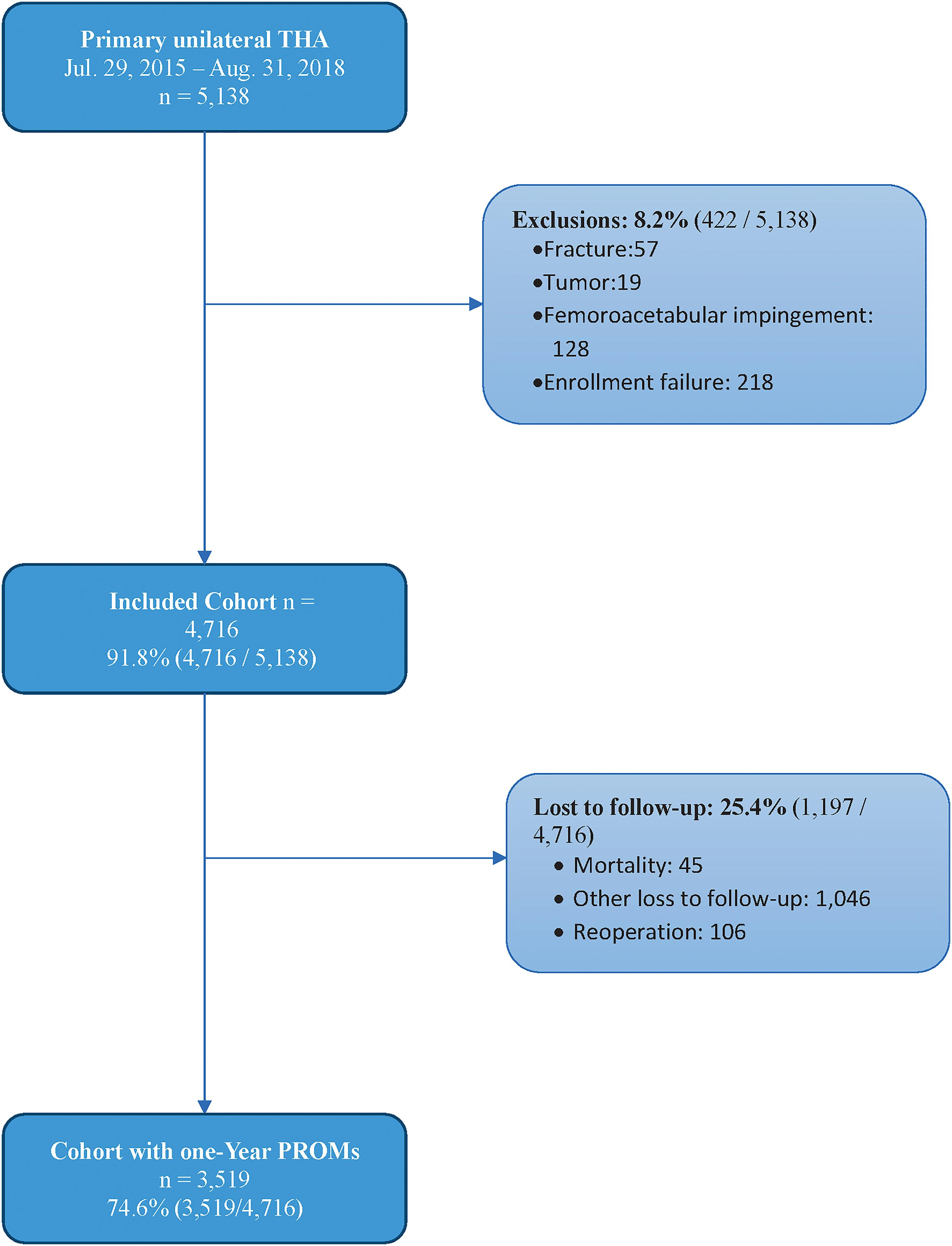
Total hip arthroplasty (THA) is one of the most successful procedures in not only orthopaedics but all of surgery. With the dramatic rise in the number of THAs performed annually and the necessary focus on value-based
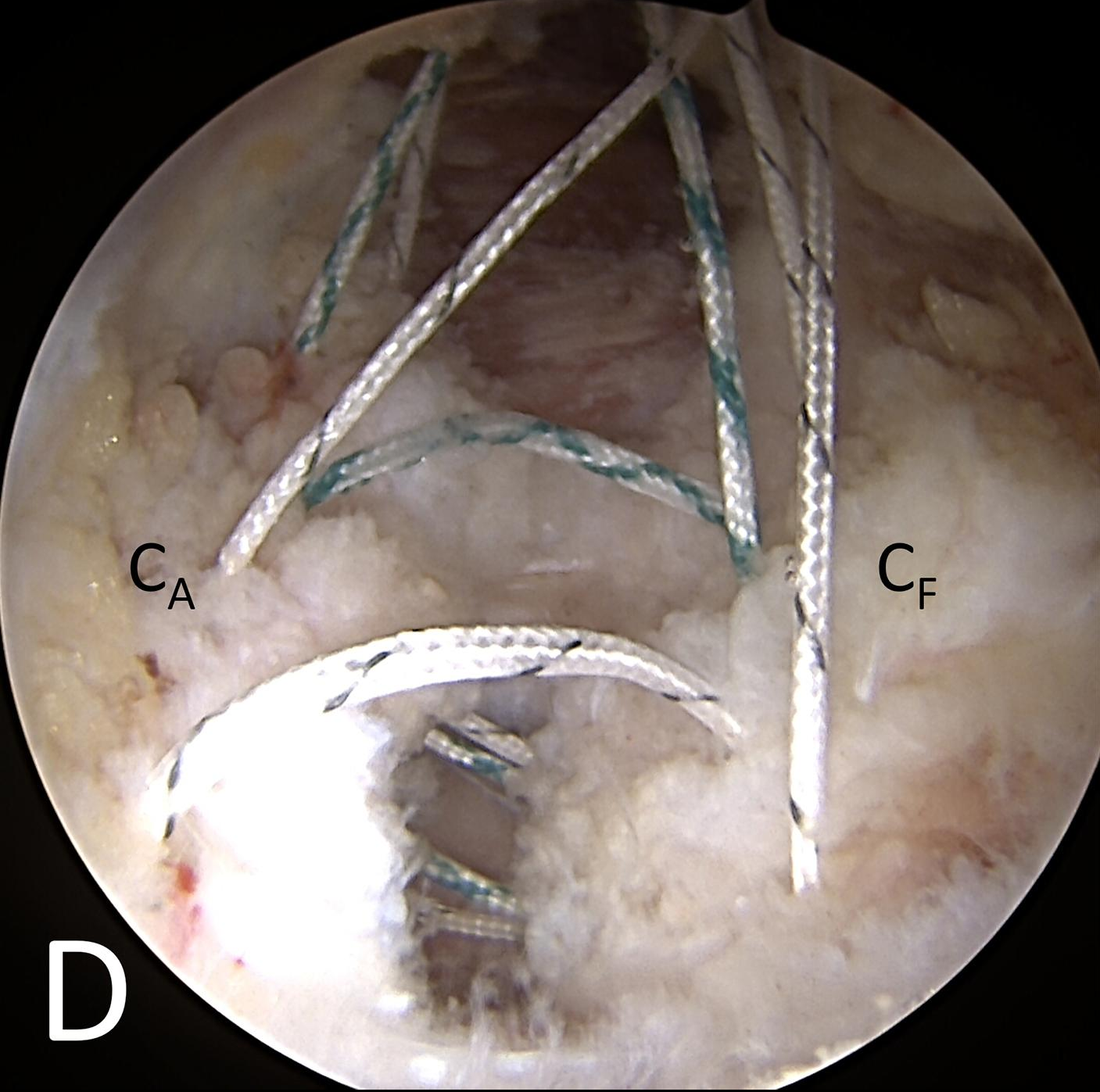
Early hip arthroscopists routinely performed capsulectomies to obtain adequate visualization within the hip joint. As our techniques and skills have evolved, more modern capsulotomies are

